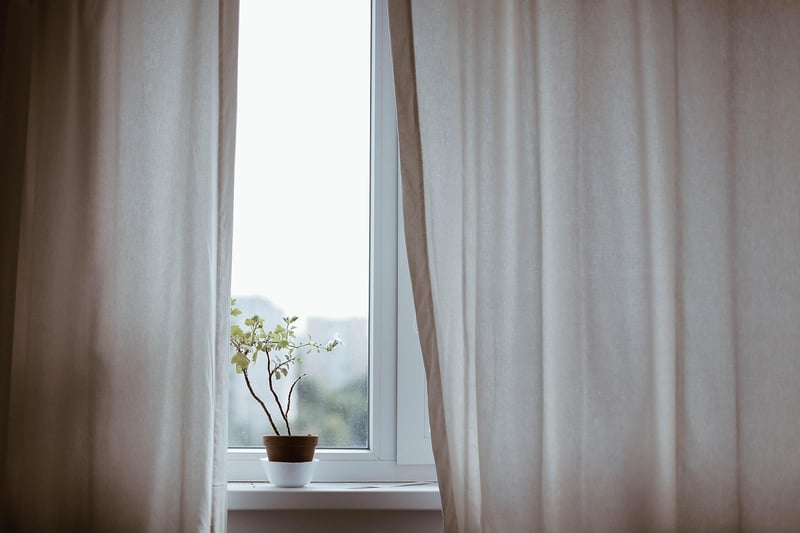Indoor plant tips
Growing Plants in Limited Spaces: Indoor Plant Tips
Whether you live in a small apartment, have limited outdoor space, or simply want to bring the beauty of nature indoors, growing plants in limited spaces can be a rewarding and enjoyable experience. With the right approach and care, you can create a lush and thriving indoor garden that enhances your living environment. Here are some tips to help you successfully grow plants in limited spaces:
1. Choose the Right Plants
When space is limited, it's essential to choose plants that are well-suited for indoor environments. Consider low-light plants like pothos, snake plants, or peace lilies if your space lacks natural light. Succulents and cacti are excellent choices for sunny spots. Herbs like basil, mint, and parsley can thrive on a sunny windowsill and provide fresh ingredients for cooking.
2. Optimize Vertical Space
Make the most of your vertical space by hanging plants from the ceiling, placing them on shelves, or using wall-mounted planters. This not only maximizes space but also adds visual interest to your indoor garden. Consider using a plant stand to create a multi-tiered display of plants.
3. Use Creative Containers
Get creative with your plant containers to add a decorative touch to your indoor space. Use hanging baskets, colorful pots, mason jars, or even repurpose old teacups or tin cans as planters. Just ensure that the containers have drainage holes to prevent overwatering.
4. Provide Adequate Light and Water
Most indoor plants require a balance of light and water to thrive. Place light-loving plants near windows where they can receive adequate sunlight. Water your plants according to their specific needs; some plants prefer to dry out between waterings, while others like consistently moist soil.
5. Monitor Humidity and Temperature
Indoor environments can sometimes be dry, especially during the winter months when heating systems are running. Consider using a humidifier or placing a tray of water near your plants to increase humidity levels. Additionally, be mindful of temperature fluctuations and avoid placing plants near drafty windows or vents.
6. Regularly Inspect and Maintain Your Plants
Keep an eye on your plants for any signs of pests, disease, or nutrient deficiencies. Prune dead or yellowing leaves, dust the leaves to allow for better light absorption, and repot plants as needed to ensure they have enough space to grow. Regular maintenance will help your indoor garden flourish.
By following these tips and getting creative with your plant choices and displays, you can successfully grow a variety of plants in limited indoor spaces. Whether you're a seasoned plant parent or just starting your indoor gardening journey, creating a green oasis in your home is a rewarding experience.
For more inspiration and ideas, check out the beautiful indoor plants available on Pixabay:



